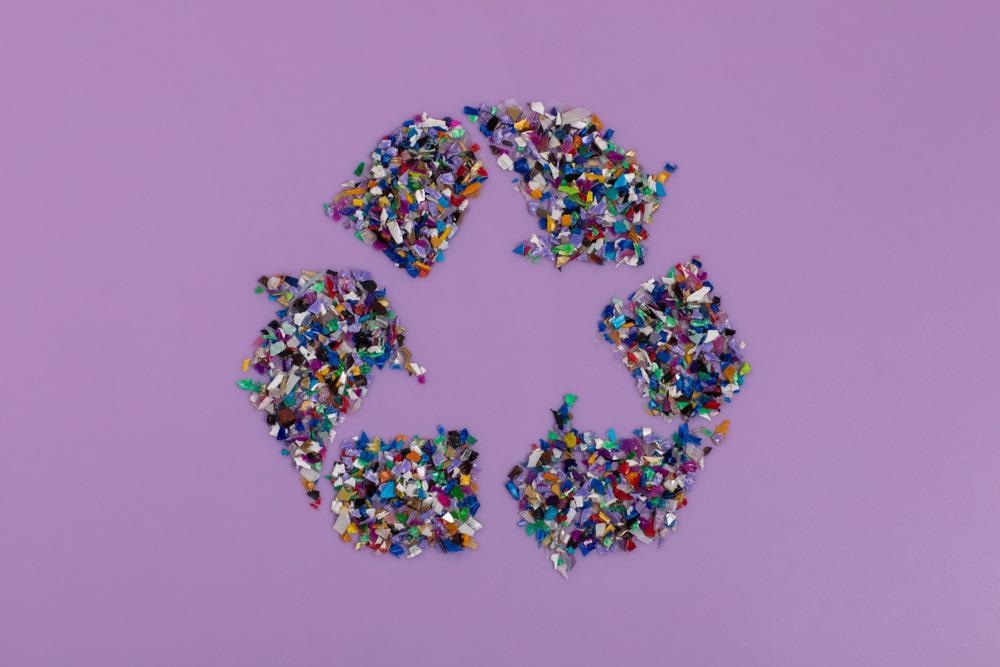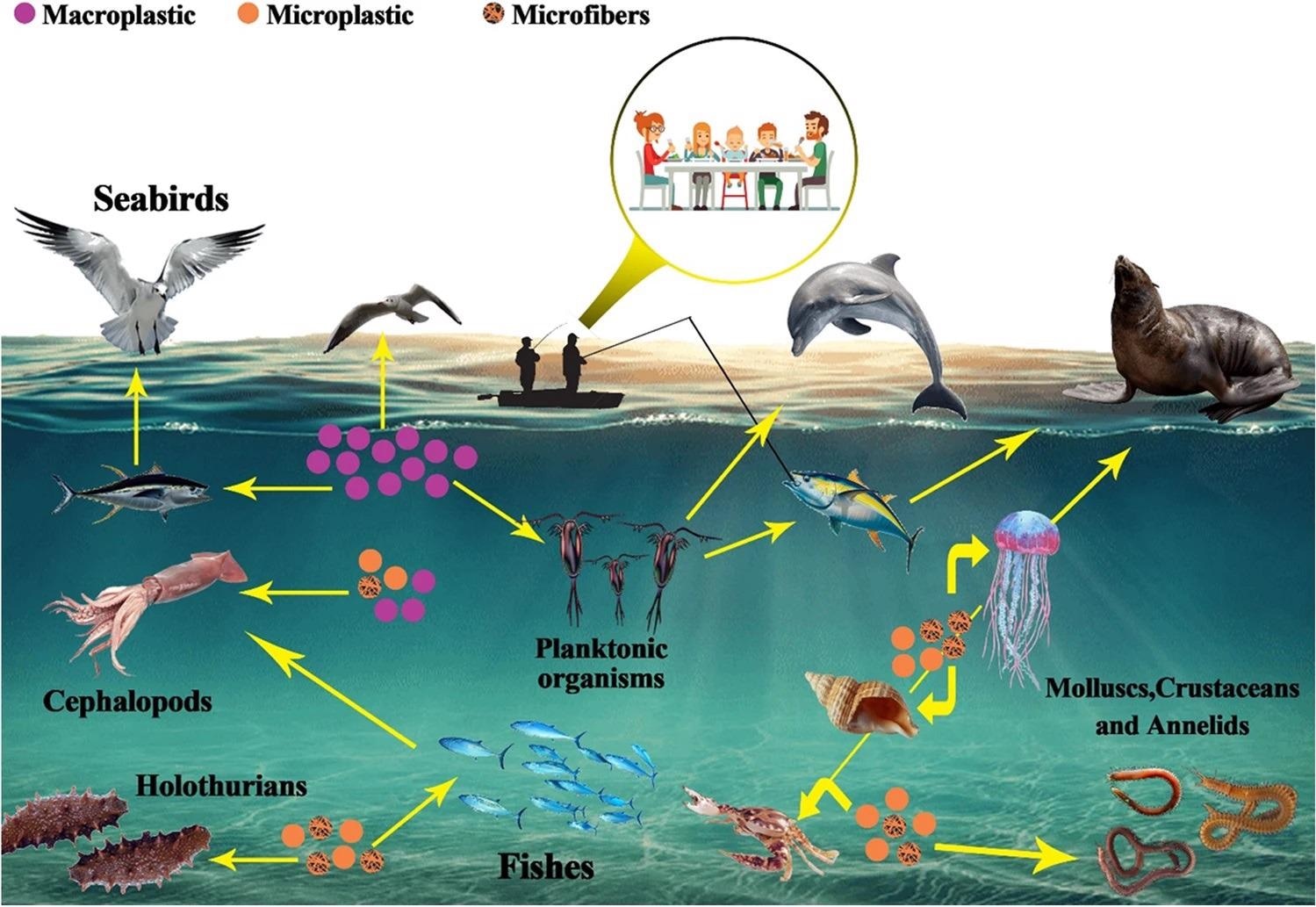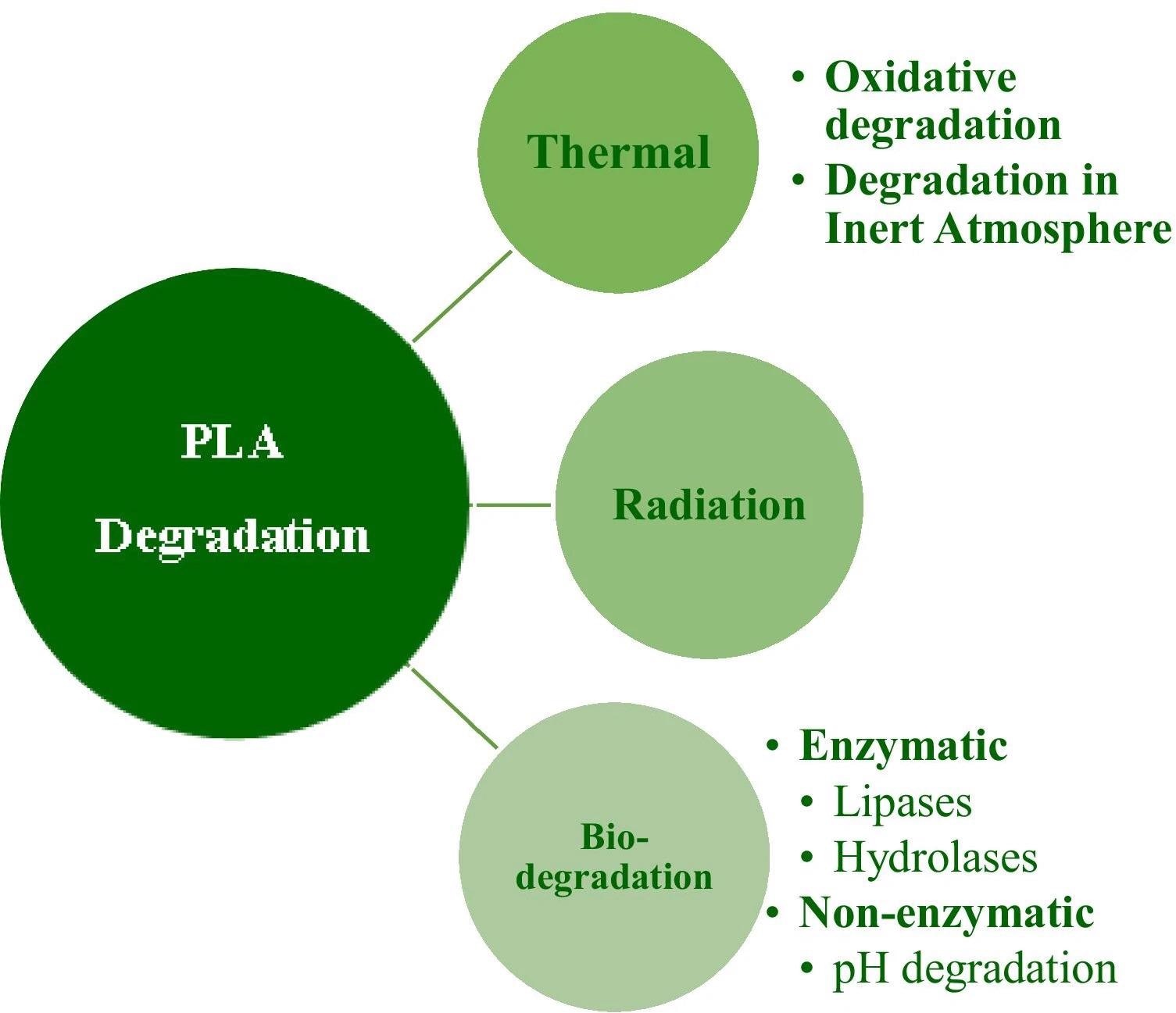Reducing plastic waste to zero will require new alternative materials, recycling, and reuse techniques, and increased commitment from policymakers and industry. Considering the implementation of circular economy principles to reduce environmentally damaging oceanic microplastics is the central focus of a new paper published online in Materials Circular Economy.

Study: Addressing the Challenge of Microfiber Plastics as the Marine Pollution Crisis Using Circular Economy Methods: a Review. Image Credit: Lea Rae/Shutterstock.com
The Growth of Plastic Pollution
Since the 1940s, when the mass production of polymers began, plastics have become a ubiquitous part of society. Plastics have several advantageous properties that make them ideal for a variety of applications such as packaging. These advantages include economic viability, corrosion resistance, low electrical and thermal conductivity, and vast variety in product shapes and sizes.
However, most plastics in use today are derived from petrochemicals. It is estimated that approximately 8% of the world’s total oil is used for the manufacture of plastic products, causing a huge level of carbon emissions. Additionally, the problem with plastic waste is growing at an unsustainable rate due to the increasing demand for plastic products, increasing global population, and the trend toward industrialization in countries across the world.
Additionally, plastic manufacture typically involves the use of additives that help improve certain properties of the material. These additives can be toxic in nature, which can consequently make plastic products themselves more toxic, and chemicals can leach into the environment from manufacturing processes, causing harm to both ecosystems and human health. Moreover, petrochemical-derived plastics take a long time to degrade in the environment.
In 2018, estimates put the total amount of worldwide plastic waste at 359 million tons, and by 2050, if we continue to produce plastic in a business-as-usual scenario, polymer manufacture will be responsible for 20% of total global oil consumption.
Oceanic Microplastics: A Critical Environmental Issue
When plastics enter the oceans, they cause immense environmental damage to marine ecosystems, accumulating in patches and breaking down into microplastics that are consumed by marine life and enter the food chain. It is estimated that 85% of all marine pollution is plastic waste, with 80% of this figure coming from land-based sources. 92% of the plastic waste in the ocean is under 4.75mm. Asia is the largest producer of oceanic plastic waste.
Synthetic microfibers are a huge problem. These tiny particles are produced by laundry, cigarette butts, textile industry sewage, and ropes and nets used in the fishing industry. Synthetic microfibers are composed of materials such as nylon, PET, and PP. The textiles industry accounts for 2% of global GDP, and the rise of phenomena of fast fashion and reduced lifespan of textiles before disposal which affects the sustainability of the industry is a cause for concern.

The path of macroplastics and MFs entering the food chain. Image Credit: Sadeghi, P et al., Materials Circular Economy
The growing amount of microplastic waste in the oceans is a critical issue that concerns environmental policymakers worldwide, and with the increasing use of plastics in both developed and developing economies, the problem is spiraling out of control.
Using a Circular Economy Approach to Provide Solutions to Oceanic Microplastic Pollution
Microplastics either enter marine environments already at a small size or are broken down from macro plastics by mechanisms such as oxidation caused by sunlight, mechanical degradation, or biodegradation. Recent studies have concentrated on categorizing the mechanisms of plastic degradation and microplastic accumulation and investigating alternative approaches to reduce the number of plastics that enter the ocean and accumulate.
Significant focus has been on producing sustainable, biodegradable plastics from organic sources. However, whilst this approach helps to reduce the number of future plastics that enter the ocean and degrade into microplastics, it does not reduce the already staggering amount of plastic pollution that is causing environmental damage currently.
With these factors in mind, the study published in Materials Circular Economy has addressed the problem by considering a circular economy approach to reduce plastic and microplastic pollution. The authors behind the study have stated that the field needs complementary mechanisms if the problem of oceanic plastic pollution is to be overcome.

PLA degradation methods. Image Credit: Sadeghi, P et al., Materials Circular Economy
In a circular economy model, waste is reused or disposed of efficiently without causing environmental damage. Using the circular principles of this model, the authors have proposed that areas that need attention include recycling at the waste site, waste reuse, long-term government policies instead of short-term ones, financial and economic incentives, and equipment and product modification alongside the move toward biodegradable, sustainable products such as alternatives to plastic packaging.
Additionally, proposed solutions include safe waste disposal, changing and reorganizing consumer patterns, reducing additive toxicity, and correct management of resources such as energy, labor, and materials. Moreover, plastic products, or at least part of them, must be regenerated or restored for reuse in consumer products.
The review study emphasizes that only a circular economy model will tackle the problem and provide a knowledge base for future research.
Further Reading
Sadeghi, P et al. (2021) Addressing the Challenge of Microfiber Plastics as the Marine Pollution Crisis Using Circular Economy Methods: a Review [online] Materials Circular Economy | link.springer.com. Available at: https://link.springer.com/article/10.1007/s42824-021-00038-y
Disclaimer: The views expressed here are those of the author expressed in their private capacity and do not necessarily represent the views of AZoM.com Limited T/A AZoNetwork the owner and operator of this website. This disclaimer forms part of the Terms and conditions of use of this website.